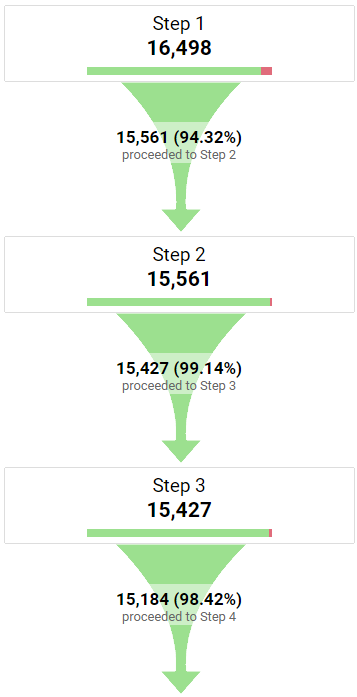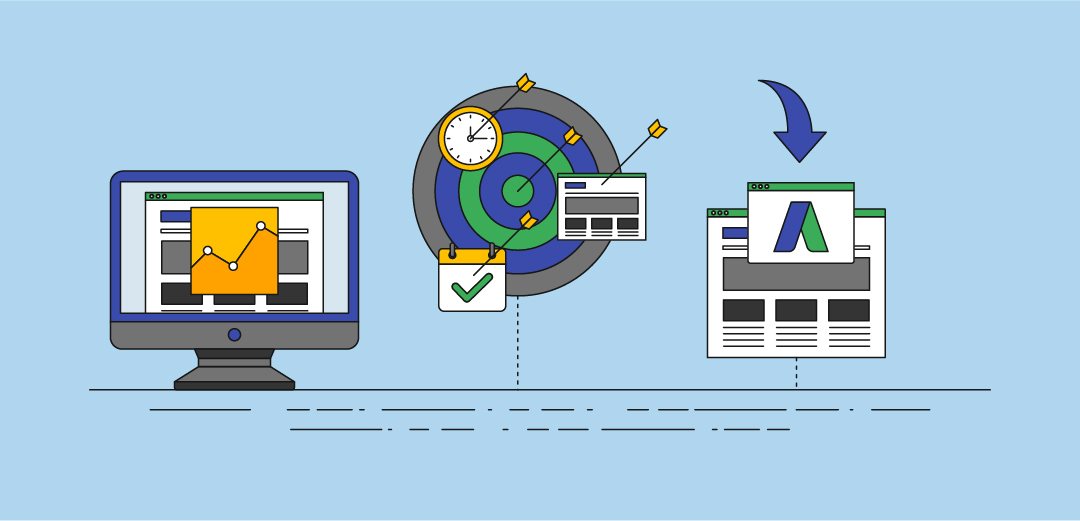Comprehensive Listing of What Data Is Google Analytics Goals Unable to Track
Comprehensive Listing of What Data Is Google Analytics Goals Unable to Track
Blog Article
Discover the Limitations of Google Analytics Goals: Introducing the Data Kind That Remain Untrackable
As companies significantly rely on data-driven decision-making, comprehending the restrictions of tools like Google Analytics comes to be critical. While Google Analytics Goals offer important insights into user interactions, there exist data types that thwart monitoring, positioning obstacles to an extensive understanding of individual habits.
Incomplete Individual Journey Tracking
Incomplete customer trip tracking within Google Analytics can impede the capability to properly assess customer actions. When the user trip is not totally tracked, there are voids in the data that prevent a comprehensive understanding of how individuals engage with an internet site. This absence of understanding can bring about missed possibilities for optimization and enhancements to the customer experience.
One usual problem with incomplete user journey tracking is the inability to see the full path that users take in the past finishing an objective or leaving the site. Without this information, it is testing to identify where customers may be coming across obstacles or friction factors that stop them from transforming. Additionally, incomplete tracking can obscure the influence of particular marketing initiatives or web site modifications on individual behavior.
To resolve this constraint, it is crucial to set up correct monitoring mechanisms within Google Analytics to catch the whole customer journey. This may involve establishing event tracking, objective funnels, or using devices like Google Tag Supervisor to make certain that no crucial interactions go unrecorded. By acquiring a thorough view of the user trip, web site owners can make even more informed decisions to enhance individual engagement and drive conversions.
Acknowledgment Obstacles
Navigating through attribution obstacles in Google Analytics requires a comprehensive understanding of exactly how various touchpoints contribute to the general conversion procedure. Acknowledgment difficulties arise from the complexity of contemporary client trips, where customers interact with multiple channels before converting.
One common attribution challenge is the trouble in associating conversions to the proper resource, especially in instances where individuals engage with multiple networks before transforming. Furthermore, cross-device monitoring presents another acknowledgment challenge, as individuals often switch over between tools during their trip, making it challenging to track their interactions flawlessly.
Offline Conversions
Given the difficulties connected with attributing conversions precisely in online channels, the dimension of offline conversions offers a significant possibility for marketing experts seeking a much more extensive understanding of their consumers' journey. Offline conversions describe activities that clients absorb the physical world, such as making purchases in brick-and-mortar stores or over the phone, going to occasions, or involving with printed products - what data is google analytics goals unable to track. These conversions are vital for businesses that operate both online and offline, as they provide useful understandings into the efficiency of advertising projects throughout various touchpoints
Tracking offline conversions generally posed a considerable difficulty for online marketers, as it was testing to attach these activities back to specific on the internet communications properly. With advancements in innovation, such as the combination of CRM systems, distinct identifiers, and promo code codes, businesses can currently connect the space between online and offline data to get an extra all natural sight of consumer actions. By effectively measuring offline conversions, online marketers can optimize their methods, allot resources a lot more effectively, and eventually improve the total customer experience.
Cross-Device Tracking
Cross-device tracking plays a critical function in understanding the interconnected nature of customers' digital communications across numerous tools. In today's omnichannel world, where customers flawlessly change between smart devices, desktops, and tablet computers, Get the facts tracking their behavior across these devices is vital for online marketers to obtain an extensive view of their consumer journey.

Furthermore, personal privacy issues and policies such as GDPR and CCPA have additionally difficult cross-device monitoring. With individuals demanding even more control over their data and raised limitations on tracking modern technologies, marketing experts should find privacy-compliant and innovative methods to attach individual interactions across devices.
Dynamic Web Content Engagement
Comprehending user involvement with dynamic content is critical in optimizing electronic marketing methods for enhanced target market communication. Dynamic content describes internet site aspects that transform based on customer actions, preferences, or other factors, providing a tailored experience. Tracking individual communications with vibrant web content positions challenges for conventional analytics tools like Google Analytics.
While Google Analytics can click here to read track standard interactions like clicks and page sights, it may struggle to catch more nuanced engagements within vibrant content. what data is google analytics goals unable to track. Metrics such as time spent on specific dynamic components, hover activities, or interactions within pop-ups are typically not easily quantifiable using typical tracking approaches. This limitation hinders marketers' capacity to fully realize just how users are involving with vibrant material and tailor their methods as necessary

Final Thought
Finally, Google Analytics objectives have limitations in tracking incomplete individual journeys, connecting conversions precisely, recording offline conversions, tracking cross-device communications, and gauging dynamic material interaction. These restrictions highlight the relevance of checking out extra tracking techniques and tools to get an extra comprehensive understanding of user actions and conversions beyond what Google Analytics can supply.
While Google Analytics Goals deal useful understandings right into customer communications, there exist information types that elude tracking, presenting difficulties to a thorough understanding of customer actions.Insufficient individual journey monitoring within Google Analytics can hinder the ability to accurately assess user behavior. When the customer trip is not totally tracked, there are gaps in the information that stop a comprehensive understanding of exactly how individuals communicate with a site.One common concern with insufficient individual journey monitoring is the lack of ability to see the complete course that users take in the past finishing an objective or leaving the website. By gaining a detailed view of the individual trip, internet site owners can make even more enlightened decisions to boost customer involvement and drive conversions.
Report this page